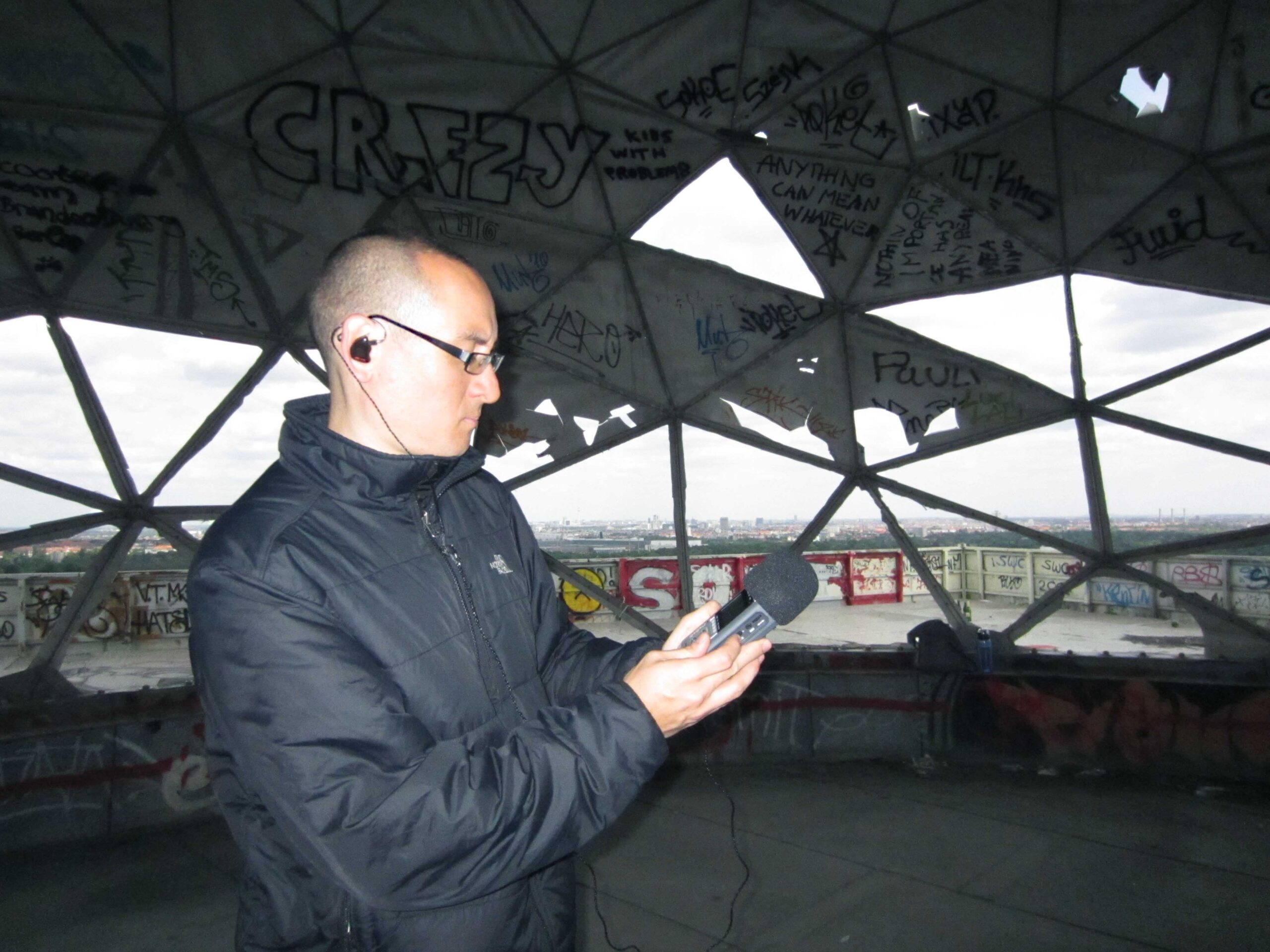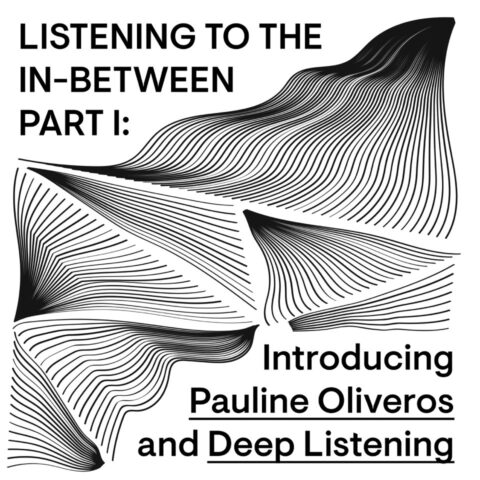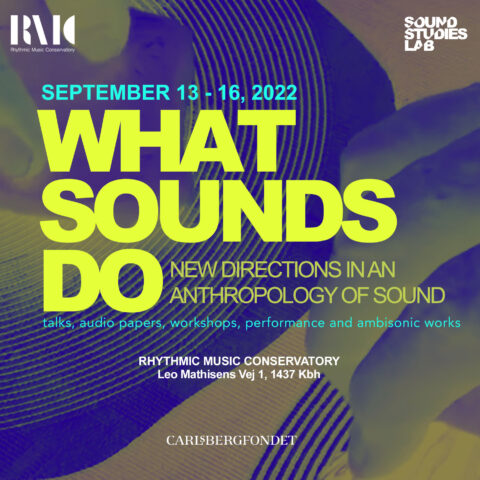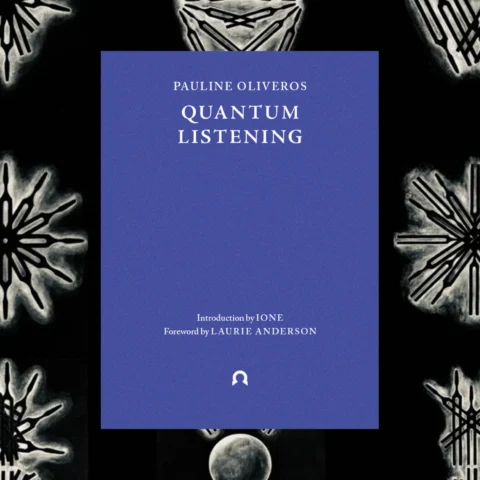
You probably already heard about Richard Devine, electronic musician and sound designer known not only for working on music, but also on doing sound for short films, videogames, websites, sound libraries, synthesizers, samplers, and more. A big part of those sounds that he creates are generated from organic sources, which means that field recording plays an important part on his work.
Richard has took some of his time to answer some questions about his approach to field recording. Enjoy!
[The interview was also published in Spanish here]
Sonic Terrain: When did you get started with field recording and when did you begin to use it in your work?
Richard Devine: I started doing field recordings back in 1995, when I got my first hardware sampler. I was recording sounds on to my portable DAT, and mini-disc recorders. It started out more for my own personal music compositions. I would layer the field recordings of all types of sounds, nature, insects, machines, and factory sounds. I loved to cut the recordings into smaller pieces then manipulate the loop points, pitch, and filtering with the Akai digital sampler. The use of the digital samplers really sparked my interests in doing field recordings, as I could really experiment with any recorded sound. I would later carry this approach with virtual software samplers in my works.
ST: How would you define your favorite soundscape?
RD: Some of my favorite soundscapes have been from nature ambiences. One of my favorite recordings was one I did back in 1997 in El Yunque rainforest, which is a sub tropical mountainous forest, located in the eastern part of Puerto Rico. I was recording late one night and captured the sounds of thousands of coquî frogs. The sound of the forest came alive with thousands of crickets, and other insects. It was so loud, inspiring and intriguing.

ST: How’s your approach on listening to the environment around you?
RD: I always try and approach listening with an open ear, as you never know what will happen. Some of the most interesting sounds I have recorded happened by accident, or when I wasn’t expecting it. Some of the most unusual sounds I have recorded where things that happened spontaneously. So I try to always listen with an open ear, especially paying close attention when I am in a new environment. I just try and carry a portable recorder with me at all times and hope that I can get a good clean recording if something does come up.
ST: How much experimentation you do when capturing sounds in the field? Could you tell us more stories like that one when you recorded maggots with hydrophones?
RD: This was another situation that happened spontaneously. My wife has a small worm-composting box that we throw our food scraps into. The box is typically filled with nutrient rich soil, and about 200 worms that breakdown any food that we put into the top layer. Last summer we had a fly infestation occur. My wife had just gone out to check the box one afternoon, and called me immediately upon discovering the infestation. There where literally thousands of large maggot larva moving on the top of the surface of the soil. Some how these large flies had laid eggs in the soil and had taken over the worm house.

The most interesting part of this was the sound that all of them made as they where squirming all over each other. I immediately grabbed a set of lav microphones to put onto the top layer of larva. I had my sound devices recorder close by so I was able to monitor the levels into the headphones. I then wondered how the sound of all the larva would sound buried underneath the surface of the moist soil. I then went and grabbed my Aquarian Audio H2a-XLR hydrophones, and buried them beneath the surface. The sounds were quite interesting as you could hear the thousands of maggot larva moving across the surface of both hydrophones. It was quite a unique rare situation, which happened spontaneously.
[soundcloud url=”http://soundcloud.com/richarddevine/hydrophone-lav-recording-of-1000-maggots-in-sticky-wet-mud/s-rt9HQ”]
Another recording that happened like this was the humming birds on my back porch. We have a humming bird feeder that is located in one of the corners of house. I was sitting one day having tea with my wife and heard the sound of the humming bird fly by my ear. I was really surprised at how mechanical and motor like it was.
My wife had the idea of taping the small Lavalier microphones to the feeder feeding flowers so we could get ultra close range recordings of them flying in. The result is what you hear below.
[soundcloud url=”http://api.soundcloud.com/tracks/5192086″]
ST: In an interview we had some time ago on Designing Sound, you told me about the influence of architecture in your sound work. Is that also related directly with real recording of spaces and ambiences?
RD: I have always been influenced by visual art and had gotten my major in graphic design while I was in college. I found lots of inspiration from the forms and structures of modern architecture. I was studying the music of Iannis Xenakis at the time and was really impressed by the “Metastasis B (1953) piece, which was based directly on architectural concepts. I was really interested in his devised computer system called UPIC, which could translate graphical images into musical results. Xenakis referred to his drawings, as “’arborescences” which resembled both organic forms and architectural structures. The drawings consisted of various curves and lines that could be interpreted by the UPIC software for real time instructions for the sound synthesis processing. In the end the drawing, was rendered into a composition. I was really fascinated by his approach to sound synthesis. I drew much inspiration from his early works, and would draw out gestures and motifs for many of my first sound compositions.

ST: You work on a wide variety of fields, including sound design, music and libraries. Could you tell us how you use your field recordings on those outputs?
RD: Field recordings play an integral role in all of my works. I always try to incorporate this whenever I can. I always feel it can bring a natural human element to any project. I usually will do raw recording for client projects, and often-record additional sounds for my own sound effects releases. I like to record sounds and divide them into categories, objects, debris, impacts, textures, movements, and ambiences. I then like to process some of these sounds to be grouped into a particular project or release. Sometimes the sounds will get used in some of my remixes and musical compositions. Other sounds might end up being used on a TV, multi-media or commercial project.
Many sounds that I have compiled over dozens of projects that get left over sometimes get used in some sort of sound effects release. I try to use everything I create, letting nothing go to waste. More recently I have been giving them away for free on my SoundCloud page.
[soundcloud url=”http://api.soundcloud.com/tracks/14318630″]
[soundcloud url=”http://api.soundcloud.com/tracks/8981983″]
ST: Talking specifically on the music side, I wonder how has been your approach to field recordings in previous releases. I can hear a lot of fantastic atmospheres and crazy spaces on your early releases. I specially love the sound of Asect: Dsect and Aleamapper, to name a few..
RD: With my early musical releases I would usually record lots of different sounds, and ambiences. The main purpose for using field recordings on my albums was to create textures and spaces that had some sort of acoustic element that could be mixed with more synthetic sounds. I loved morphing the two worlds together and tried to create these visceral dark sonic environments.

ST: What gear do you use for field recording?
RD: I always carry with me the Zoom H4n portable recorder. I usually just have it inside my book bag along side my laptop. I just have it on hand if something sporadically happens. I also have a sound devices 702 digital recorder that I will take out with me on more involved recording sessions. My favorite go to microphones are the Neumann RSM-191 A/S kit, and Sanken CSS-5 shotgun mics. I also love the DPA SMK4060 miniature Omni directional microphones. I find these small microphones to be extremely versatile in multiple situations. I have captured really great ambiences, and hard to get sounds with these.
ST: And what about the editing/processing? Do you have any favorite method or tools for editing/mastering, storing and processing your recordings?
RD: I like to use Wavelab, SoundForge, Peak and Logic Audio for most of my editing and processing of sounds. I like a wide variety of different plug-ins for mastering which include stuff from Waves, Universal Audio and iZotope. For specific processing I love the new GRM tools 3.0 and Sound Toys plug-ins. I have always been a big fan of these two bundles and have used them on countless projects and pieces. More recently I have been using Tom Erbe’s Pvoc Kit Sound Hack plug-ins for doing phase vocoding, pitch shifting, harmonizing, and time stretching. I love how you can really mangle sounds into some thing completely new.

Another plug-in that I have been getting lots of good sounds from is Camel Audio’s Alchemy. I find this wonderful for altering samples and generating new sounds via the additive and spectral resynthesizing engine. It has a very flexible LFO and modulation section that can all be morphed into 100 zones. As for storing sounds I have been backing things up on my network here of hard drives. Everything is labeled and sorted through this wonderful program called AudioFinder. I also use AudioEase Snapper, and Speakphone software. I have used these two on almost every project I have encountered.

ST: What is the latest sound you recorded in the field?
RD: I recently was at Teufelsberg listening station in Berlin Germany while on tour there. A good friend of ours told us of this building in former West Berlin. It rises about 80 meters above the Brandenburg plain, to the north of Grunewald forest. There is lots of mystery surround this unique structure. There are rumors that say it was the best vantage point for listening to Soviet, East German, and other Warsaw Pact nations military traffic. This discovery eventually led to a large structure being built atop the hill, which would be run by the NSA (National Security Agency). They have since removed all the equipment that was in the buildings. The radar domes still remain in place, and are of very unique form, which offer some of the most amazing acoustical reverbs I have ever heard. Here is a preview:
[soundcloud url=”http://api.soundcloud.com/tracks/16852706″]





